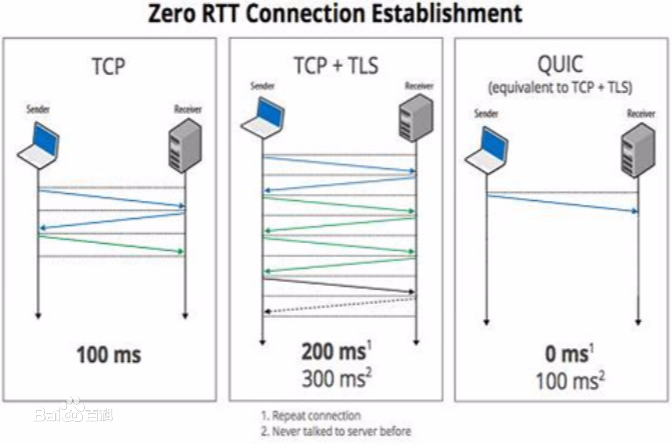Governments around the world limit free and open communication on the Internet through censorship. To reliably identify and block access to certain web domains, censors inspect the plaintext TLS SNI field sent in TLS handshakes. With QUIC rapidly displacing TCP as the dominant transport-layer protocol on the web, censorship regimes have already begun prosecuting network traffic delivered over QUIC. With QUIC censorship poised to expand, censorship circumvention tools must similarly adapt. We present QUICstep, a censorship-resilient, application-agnostic, performant, and easy-to-implement approach to censorship circumvention in the QUIC era. QUICstep circumvents TLS SNI censorship by conducting a QUIC-TLS handshake over an encrypted tunnel to hide the SNI field from censors and performs connection migration to resume the QUIC session in plain sight of the censor. Our evaluation finds that QUICstep successfully establishes QUIC sessions in the presence of a proof-of-concept censor with minimal latency overhead.
翻译:政府通过审查限制全球范围内的互联网自由和开放的交流。为了可靠地识别和阻止对特定 Web 域的访问,审查机构检查在 TLS 握手中发送的明文 TLS SNI 域字段。随着QUIC快速取代TCP成为Web上主要的传输层协议,审查制度已经开始审查通过QUIC传递的网络流量。随着QUIC审查的扩大,审查绕过工具也必须相应地适应。 我们提出了QUICstep,一种无需应用程序支持、易于实现、拥有抗审查能力、性能良好的QUIC审查绕过方法。QUICstep通过在加密隧道上进行QUIC-TLS握手来隐藏 SNI 域字段以抵挡 TLS SNI 审查,并通过连接迁移在审查机构可见的地方恢复QUIC会话。我们的评估发现,QUICstep成功建立了QUIC会话,具有极小的延迟开销。

